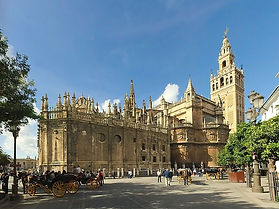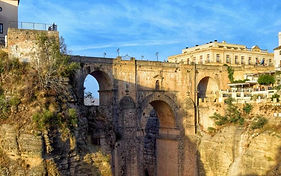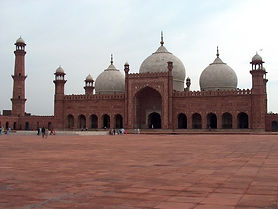The Journey of Philosophy from Andalusia to Anatolia
About Andalusia
Andalusia is a region located in the south of Spain and has hosted different civilizations throughout history. The name Andalusia is of Arabic origin and means "Vadi Ülüs". Andalusia, one of the 17 autonomous regions of Spain, covers an area of 87,268 km² and has a population of about 8 million.
The history of Andalusia begins with the conquest of the Iberian Peninsula by different civilizations. Berber tribes from North Africa settled in the area in the 5th century BC and became part of what is now known as "Iberia". The Roman Empire captured Andalusia in AD 206 and brought the region in line with Roman culture.
The most important period in the history of Andalusia begins with the Arab Islamic State's takeover of the region. With the Conquest of Andalusia in 711, the south of Spain came under Arab rule and Spain's relationship with the Islamic world lasted for 800 years.
The rule of the Arab Islamic State in Andalusia led to the development of a distinctive culture and art. Andalusia is considered one of the peak periods of Islamic culture. Buildings such as Al-Alhambra Palace, Alhambra Bridge, mosques in Cordoba and Al-Kazar Palace in Seville, which are located in many cities today, are examples of Andalusian Islamic architecture.
The Islamic domination of Andalusia ended in 1492 with the Spanish Reconquista (reconquest) movement. The region was incorporated into the Christian Kingdom and became a separate artistic and cultural world from other parts of Spain.
Today, Andalusia is a touristic region where visitors meet. Known for its white villages, historic towns, beaches and famous flamenco dancing, the region is one of the most popular holiday destinations in Spain. Andalusia, which hosts important cities such as Seville, Malaga, Granada, Cordoba and Almeria, also has an important place with its rich historical, cultural and artistic heritage.
As a result, Andalusia is a region where different civilizations came together to create a rich cultural and artistic heritage and has an important place in the history of Spain. The region, which is the center of attention of tourists today, attracts attention with its beautiful nature and beaches as well as its historical and cultural monuments.
Places to visit
Alhambra Palace: This Moorish castle in Granada is one of the most popular tourist attractions in Spain. It was built in the 13th century and contains gardens, waterways and museums.

Seville Cathedral:It is the largest Gothic cathedral in Spain and is among the four largest churches in the world. Also, the tomb of Columbus is located here.

Ronda:Considered one of the most beautiful towns in Andalusia, Ronda is located on the Tajo Canyon. It is older than the historic bridges, gardens and Alhambra Palace.

La Mezquita:Located in Córdoba, Spain, La Mezquita is one of the most famous monuments in Andalusia, with a history dating back to the Middle Ages. The mosque was converted into a church during the Spanish Inquisition.

Granada Elvira Gate:It is the most famous gate of Granada's historic castle walls. It was built with Andalusian Islamic architectural features.

Gazules Theatre:One of the oldest Roman theaters, the Gazules Theater is one of the top tourist attractions in Cádiz. Along with the historical ruins, concerts and events are regularly held here.

Torcal de Antequera:This natural heritage site in Antequera is a large rock formation between North Africa and the Iberian Peninsula. It is an archaeological site with 200 dolmens and other neolithic remains.
